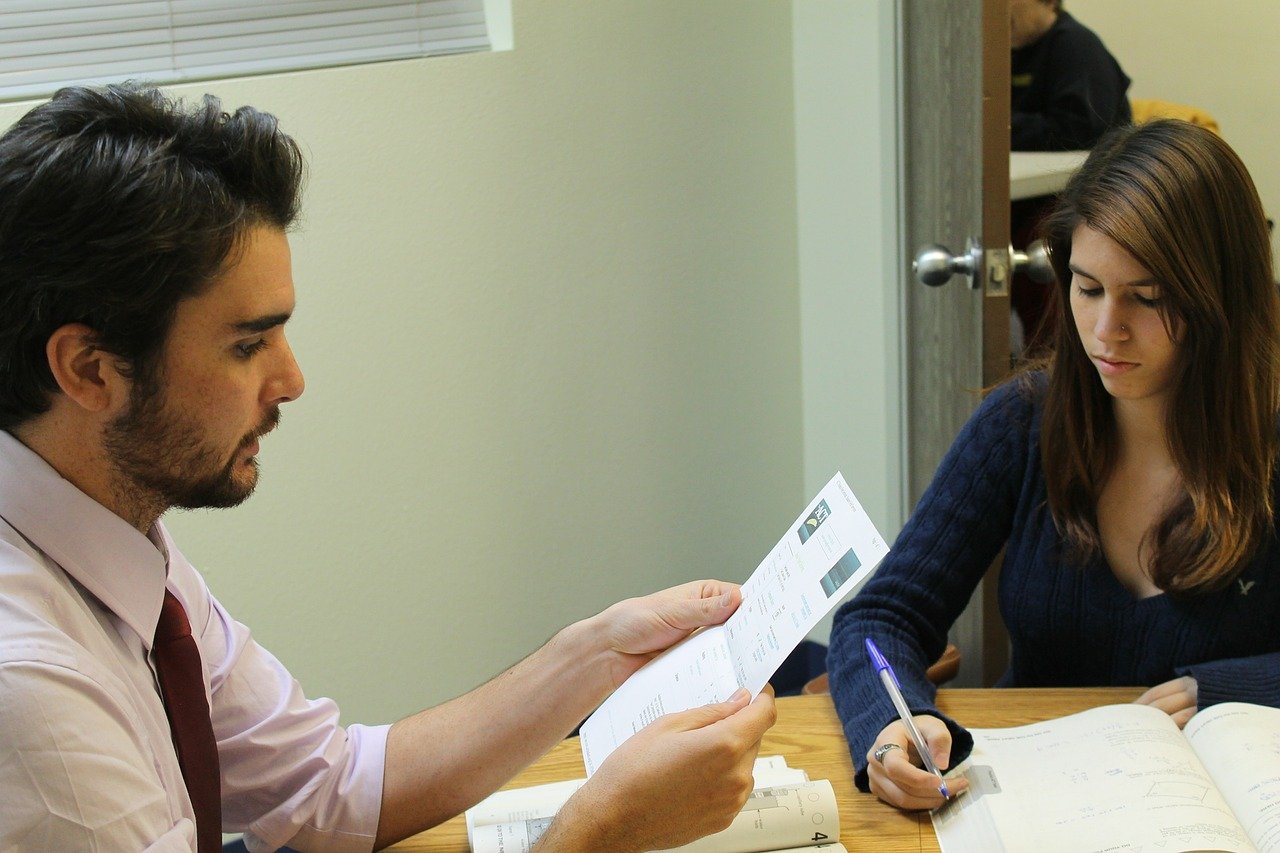Being multilingual is an invaluable skill. As a parent or foster carer, you have the special opportunity to raise multilingual children. With some planning and effort, children can develop fluency in multiple languages from an early age. This article provides tips to help kids from all backgrounds thrive with multiple languages across different developmental stages.
The Early Years (0-4)
During a child’s first few years, focus on exposing them to the languages you want them to learn. Have family members or caretakers speak to them consistently in those languages. For young infants, they need to hear the language as much as possible through conversations, songs, books, videos, etc.
Don’t overwhelm young children with too many languages at once, especially children you foster with Active Care Solutions. Begin with the native language(s) spoken at home. Add other languages gradually as the child shows interest and ability. Consider focusing on spoken language first before introducing reading/writing.
Associating language with play, social interaction, and exciting activities makes it more engaging for little ones. Sing songs, read interactive books, play games, and use colourful visual aids in the languages you want them to learn.
The Primary School Years (5-11)
Seek out language classes, cultural centres, places of worship, summer camps, and other social settings where children can use their non-native languages. Interacting with peers is especially valuable.
Help kids further engage with their additional languages by providing books, movies, music, magazines, apps, travel opportunities, pen pals, tutors, etc. related to their interests. Their passion will motivate learning.
Have family members speak the language consistently during routine activities like making meals, playing games, looking at family photos, etc. Immerse the child as much as possible.
The Preteen & Teenage Years (11-18)
Preteens and teens can likely handle more sophisticated language exposure. Encourage them to read books, watch shows, and listen to music in their languages. Let them showcase their skills through creative writing, vlogs, translation apps, tutoring younger kids, etc.
Consider enrolling older kids in more advanced language or conversation classes. Offer lessons with a tutor. Audiobooks and language learning apps are also great options.
Emphasise real-world use. Look for opportunities for teens to use languages in authentic settings. Travel abroad, arrange local volunteer work, identify jobs requiring bilingual skills, have conversations with native speakers, etc.
While technology can support language learning, monitor screentime and social media use. Make sure your children balance online interaction with in-person language practice.
Addressing Challenges
It takes consistent long-term effort for a child to become truly fluent in multiple languages. So, be patient. Progress through phases where they mix words or struggle to find vocabulary.
Daily exposure through simple interactions, schedule reminders, posted signs, bookshelf organisation, etc. helps make multilingualism part of everyday life.
If a child feels shy or embarrassed to use certain languages, provide plenty of encouragement. Highlight diverse role models who switch languages smoothly.
Raising multilingual children, whether they are your own or they are your foster children, takes commitment but pays invaluable rewards. With an encouraging home environment and immersive experiences, kids can thrive speaking multiple languages. Use the tips in this guide to set your child up for communication success.





![Top 10 Sunscreen Manufacturer [Tested & Reviewed]](https://pantheonuk.org/wp-content/uploads/2024/01/Factory-images-350x250.png)
